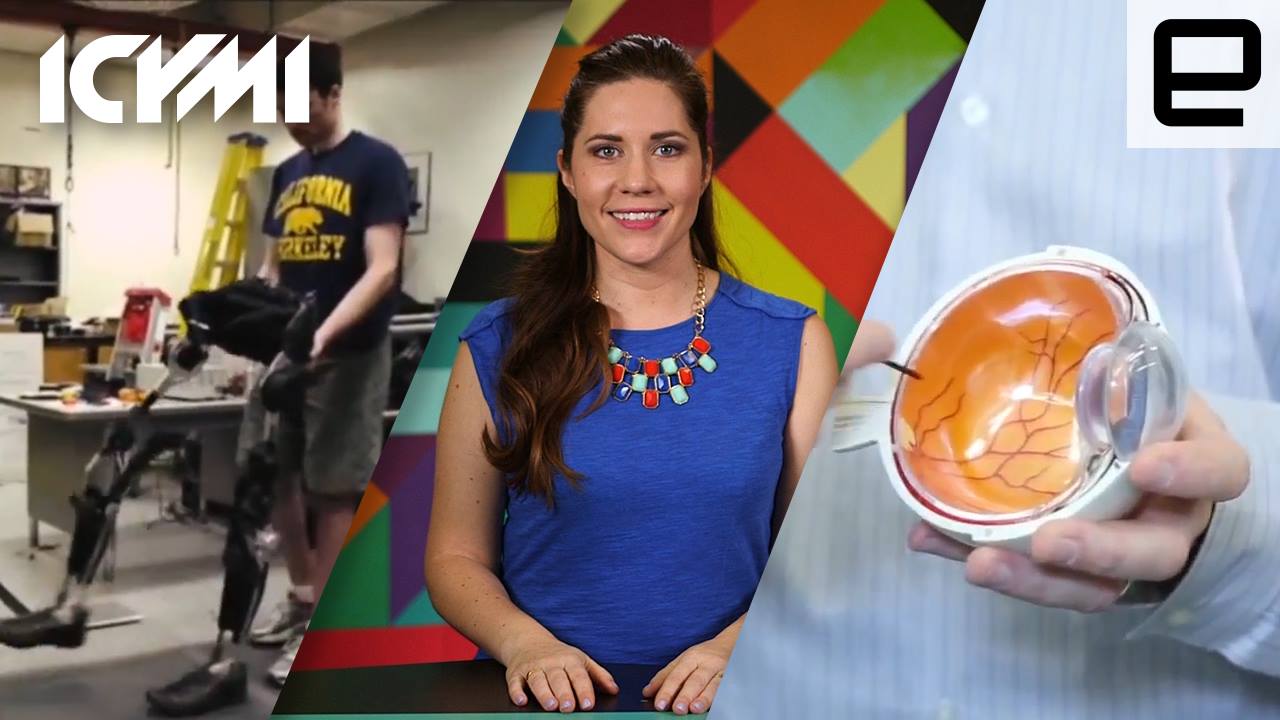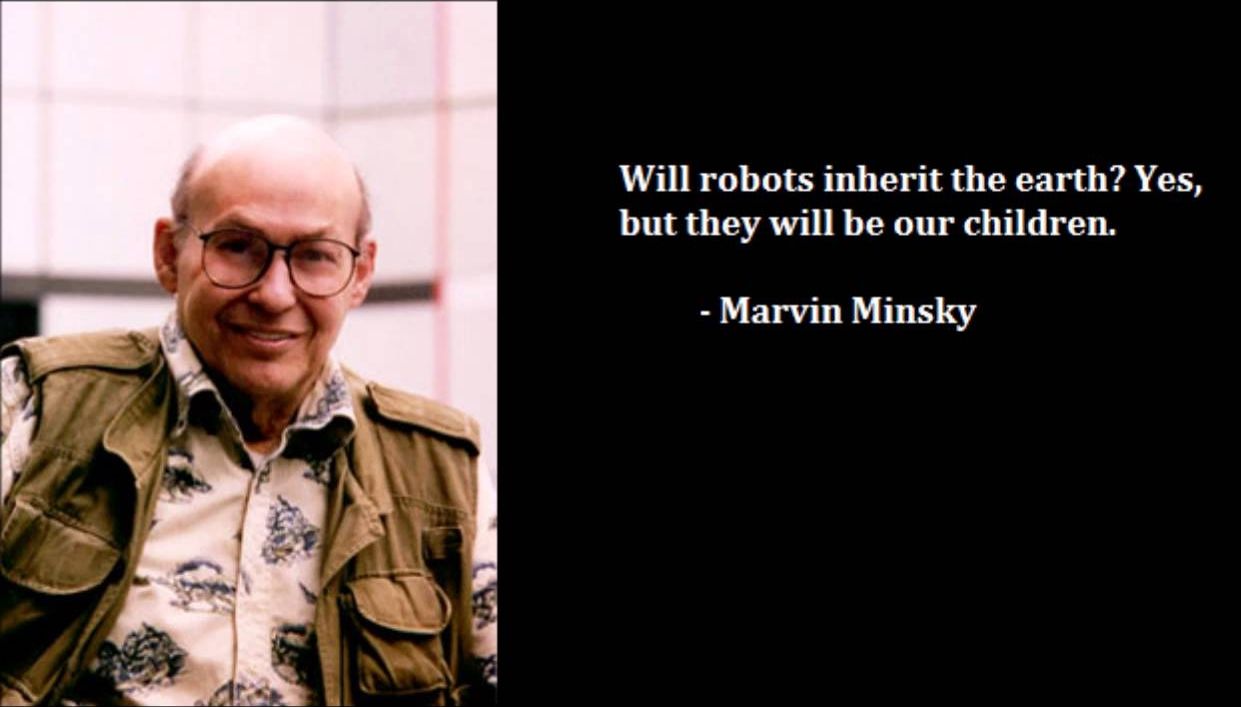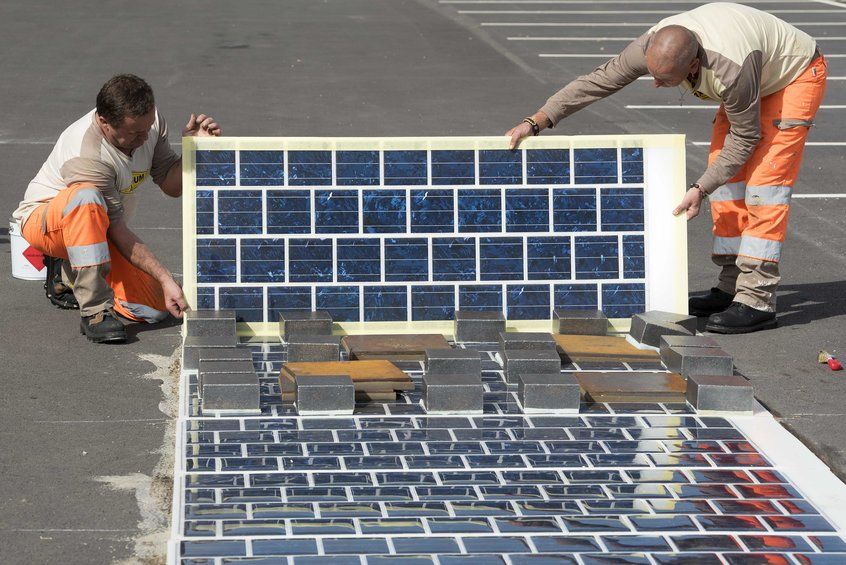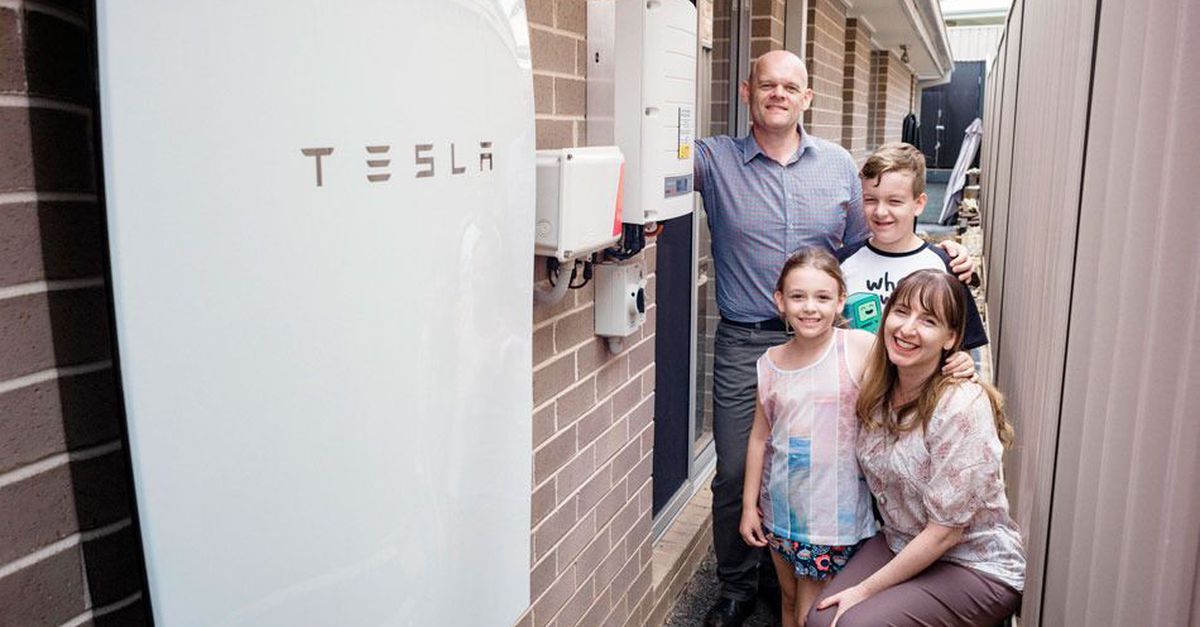Page 11496
Jan 29, 2016
Harvard wants to build AI that works as fast as the human brain
Posted by Andreas Matt in categories: computing, neuroscience, robotics/AI, transportation
Researchers at Harvard are working to identify the brain processes that make humans so good at recognising patterns. Their ultimate goals is to develop biologically-inspired computer systems for smarter AI. Computers inspired by the human brain could be used to detect network invasions, read MRI images, and even drive cars.
Their ultimate goals is to develop biologically-inspired computer systems for smarter AI.
Jan 29, 2016
‘Aipoly Vision’ AI app opens up the world live for visually impaired
Posted by Sean Brazell in categories: education, mobile phones, robotics/AI
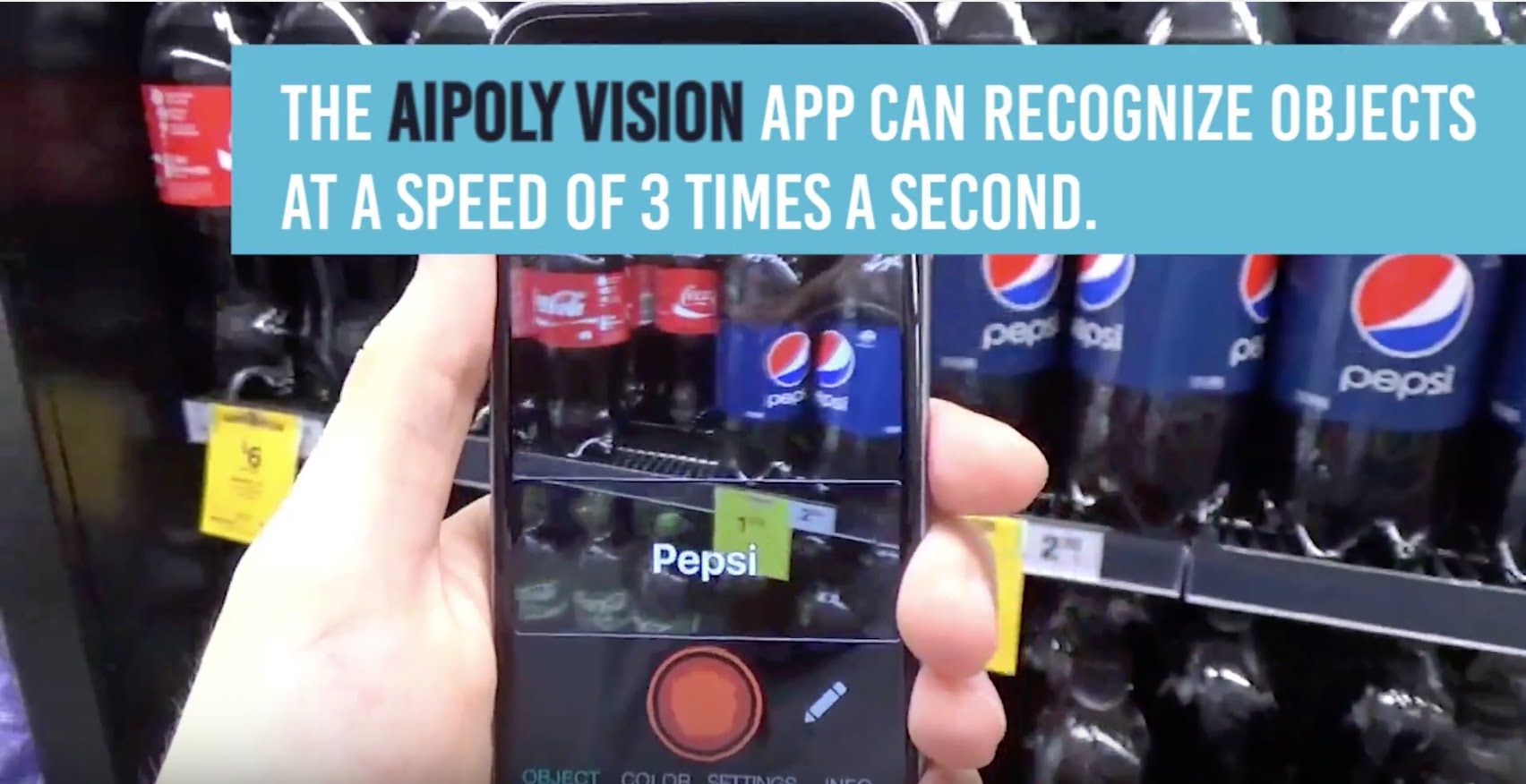
This just in: Aipoly Vision* — a free AI app that runs on your iPhone/iPad** (Android coming) and recognizes objects and colors — is now live on the App store, Aipoly Inc. co-founder Alberto Rizzoli just told me in an email.
Of course, I immediately downloaded the app, launched it on my iPhone 6s+, and tested it. It works spectacularly. Its voice names objects or colors in real time as a walk around and also displays objects’ names. I am blown away. Here’s a sample:
Continue reading “‘Aipoly Vision’ AI app opens up the world live for visually impaired” »
Jan 29, 2016
Ray Kurzweil reflects on the death of Marvin Minsky
Posted by Shailesh Prasad in categories: Ray Kurzweil, robotics/AI
Jan 29, 2016
Two-photon quantum walk in a multimode fiber
Posted by Karen Hurst in category: quantum physics
Laboratoire Kastler Brossel, ENS-PSL Research University, CNRS, UPMC-Sorbonne Universités, Collège de France, 24 rue Lhomond, F-75005 Paris, France.
Jan 29, 2016
France to pave 1,000km of road with solar panels
Posted by Montie Adkins in categories: solar power, sustainability
Not mentioned is that the roads become easier to replace instead of having to repave them.
The minister told a conference of transport authorities last week that the tenders for the “Positive Energy” initiative had already been issued and the tests on the panels would begin in the spring.
According to France’s Agency of Environment and Energy Management, 4m of solarised road is enough to supply one household’s electricity needs, apart from heating, and one kilometre will light a settlement with 5,000 inhabitants.
Continue reading “France to pave 1,000km of road with solar panels” »
Jan 29, 2016
New Technique Allows Scientists to Read Minds at Nearly the Speed of Thought
Posted by Sean Brazell in categories: biotech/medical, computing, neuroscience
An experiment by University of Washington researchers is setting the stage for advances in mind reading technology. Using brain implants and sophisticated software, researchers can now predict what their subjects are seeing with startling speed and accuracy.
The ability to view a two-dimensional image on a page or computer screen, and then transform that image into something our minds can immediately recognize, is a neurological process that remains mysterious to scientists. To learn more about how our brains perform this task—and to see if computers can collect and predict what a person is seeing in real time—a research team led by University of Washington neuroscientist Rajesh Rao and neurosurgeon Jeff Ojermann demonstrated that it’s possible to decode human brain signals at nearly the speed of perception. The details of their work can be found in a new paper in PLOS Computational Biology.
The team sought the assistance of seven patients undergoing treatment for epilepsy. Medications weren’t helping alleviate their seizures, so these patients were given temporary brain implants, and electrodes were used to pinpoint the focal points of their seizures. The UW researchers saw this as an opportunity to perform their experiment. “They were going to get the electrodes no matter what,” noted Ojermann in a UW NewsBeat article. “We were just giving them additional tasks to do during their hospital stay while they are otherwise just waiting around.”
Jan 29, 2016
New acoustic-tweezer design allows for 3D bioprinting
Posted by Sean Brazell in category: particle physics
Illustration of a particle (red sphere) trapped by the 3D trapping node created by two superimposed, orthogonal (at right angles), standing surface acoustic waves and induced acoustic streaming (credit: Carnegie Mellon University)
A team of researchers at three universities has developed a way to use “acoustic tweezers” (which use ultrasonic surface acoustic waves, or SAWs, to trap and manipulate micrometer-scale particles and biological cells — see “Acoustic tweezers manipulate cellular-scale objects with ultrasound “) to non-invasively pick up and move single cells in three mutually orthogonal axes of motion (three dimensions).
The new 3D acoustic tweezers can pick up single cells or entire cell assemblies and deliver them to desired locations to create 2D and 3D cell patterns, or print the cells into complex shapes — a promising new method for “3D bioprinting” in biological tissues, the researchers say in an open-access paper in the Proceedings of the National Academy of Sciences (PNAS).
Jan 29, 2016
Your Next iPhone Might Not Have To Be Plugged In To Anything, Ever
Posted by Shailesh Prasad in category: mobile phones
Jan 29, 2016
Tesla’s home battery is finally rolling out. First stop: Australia
Posted by Shailesh Prasad in categories: habitats, solar power, sustainability
According to Nick Pfitzner, the Tesla Powerwall is “a thing of beauty.”
Pfitzner, who lives in Sydney’s Hills District, was one of the first homeowners in Australia to have the highly anticipated energy storage battery installed at his home on Thursday.
Tesla announced in September it would be bringing the Powerwall to Australia, with a spokesperson telling Mashable Australia the country had been “prioritised as a market” due to its high number of solar energy users.
